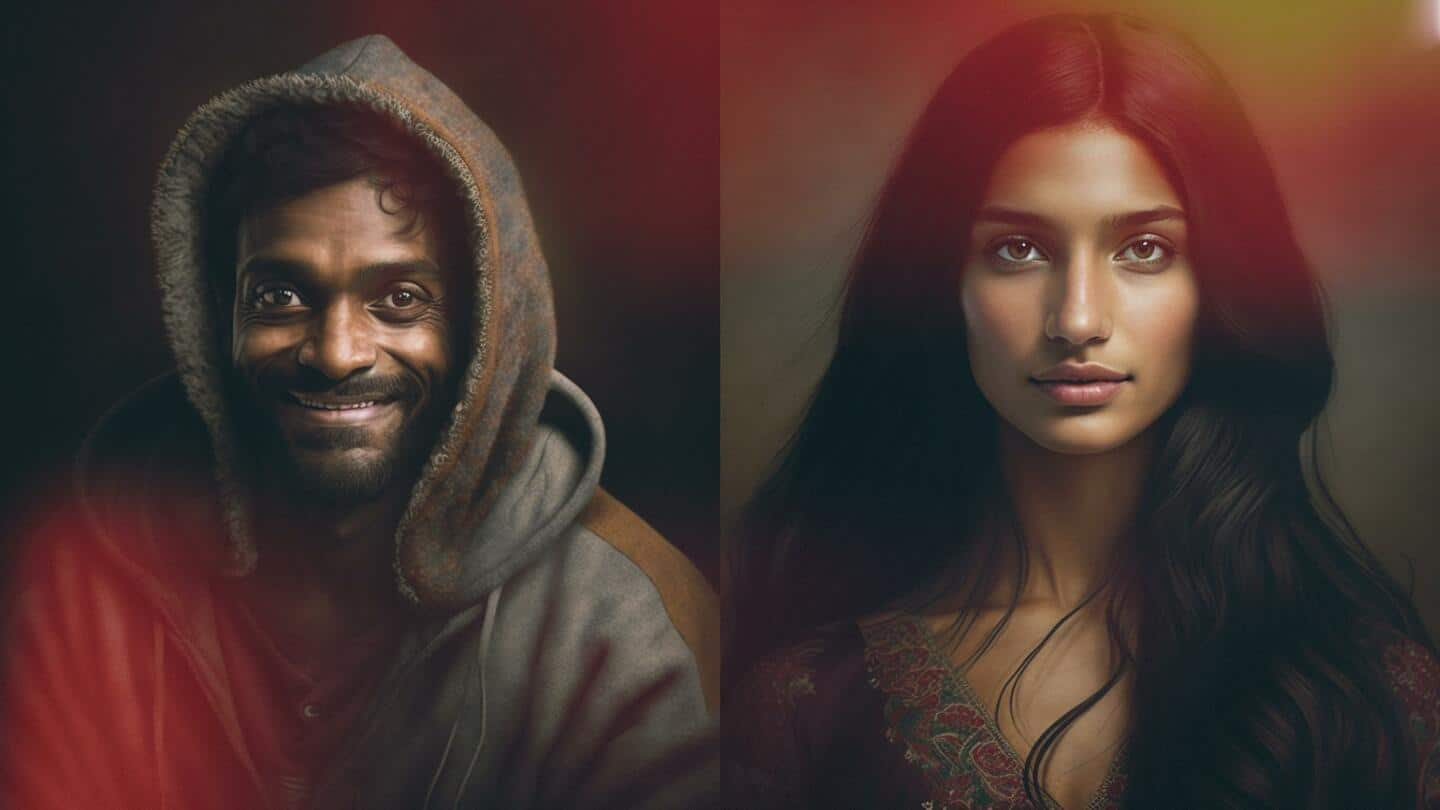
AI-generated images: A powerful tool or a potential danger
What's the story
A viral social media post shared by Twitter user Madhav Kohli shows the perfect stereotypical descriptions of Indian men and women from various regions of India. The artist used an AI-powered tool 'midjourney' to create these images. How is an AI-generated image created and is it a powerful tool to create new art or a potential danger? Read on to know everything about it.
VIral post
Artist posts images on Twitter creating abuzz among netizens
The first set of images posted on Tuesday (December 27, 2022) depicting Indian men from different regions of India based on their stereotypes, has since garnered thousands of views and likes on the microblogging platform. Subsequently, the artist on Thursday and Friday posted the second set of AI-generated images with the caption, "Indian women, made using stereotypical descriptions and ai."
Twitter Post
Check out the stereotypical image of a male Delhiite
Indian men created using Stereotypes and ai
— Madhav Kohli (@mvdhav) December 27, 2022
First, Delhi pic.twitter.com/BVoa4GRSBt
Twitter Post
Here's the artist's AI impression of a woman from Delhi
Indian women, made using stereotypical descriptions and ai.
— Madhav Kohli (@mvdhav) December 29, 2022
First, Delhi pic.twitter.com/MAHTWg992g
The technology
How does artificial intelligence(AI) generate images?
Images can be generated using artificial intelligence(AI) through several methods. One of the most common methods is through the use of Generative Adversarial Networks(GANs). It uses two neural networks - a generator and a discriminator. Generators create images based on prompts entered by users and discriminators judge, based on real-life examples of the target images, how close the image is to the real reference.
Uses
What can be AI-generated images used for?
AI-generated images can be used for a variety of purposes, including creating new artwork and generating images for movies and video games to create realistic environments and characters. AI can also be used for creating images for use in research and development. Overall, AI-generated images have the potential to be a powerful tool for creating new art, enhancing entertainment, and advancing scientific research.
Threats
The dangers of AI-generated images
There are several prospective dangers associated with AI-generated images. One concern is the potential for AI-generated images to be used to spread misinformation or propaganda. For example, AI-generated images of politicians or public figures could be used to create fake news or manipulate public opinion. These images can also be used to create deepfake videos, which could be used to impersonate or defame individuals.
Social media
Other popular AI-generated social media sensations
Some examples of AI-generated images that have received significant attention in the past include: This Person Does Not Exist: This website, which was created in 2019, uses GANs to generate realistic images of people who do not actually exist. AI Dungeon: This text adventure game, which was released in 2020, uses AI to generate unique and engaging storylines for players to explore.